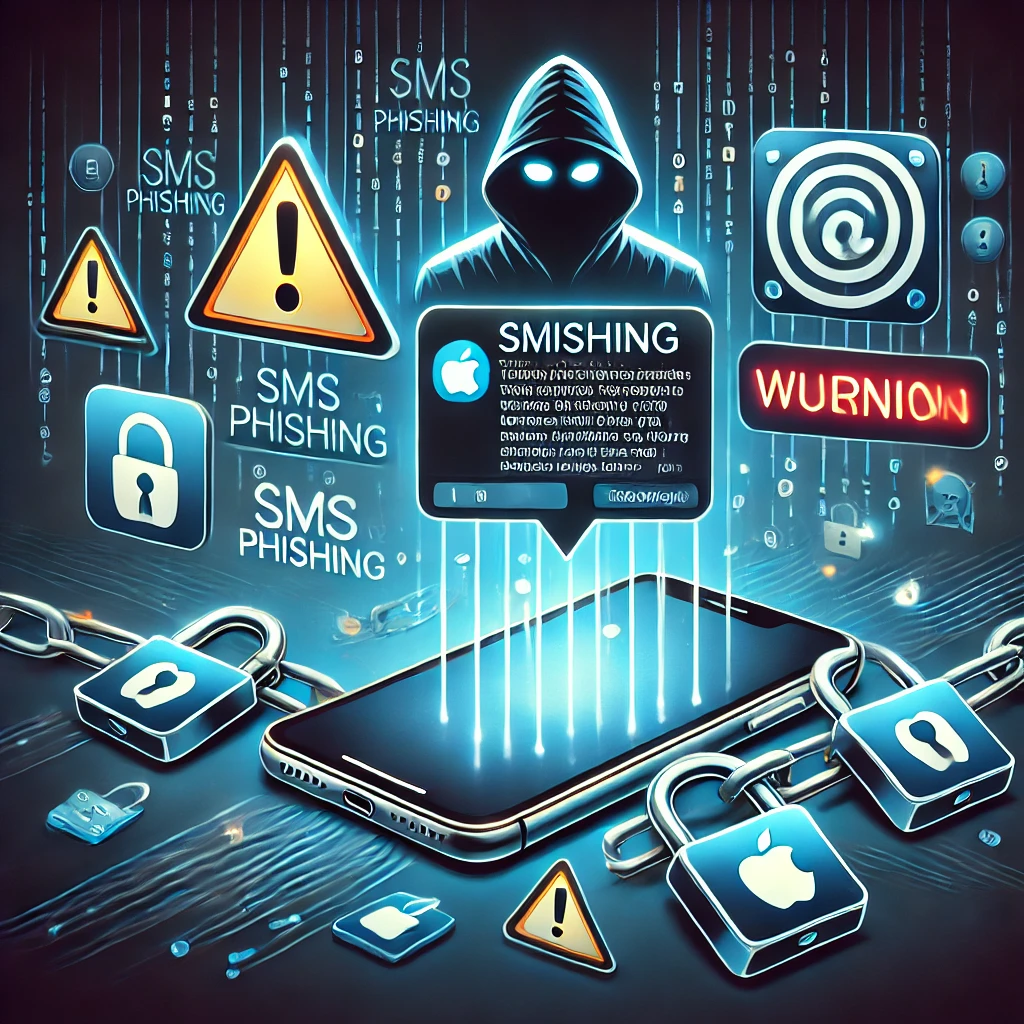New Smishing Campaign Targets iMessage Users by Exploiting Apple's Phishing Protections
A recent smishing (SMS phishing) campaign has emerged, specifically targeting iMessage users by circumventing Apple's built-in phishing protections. Cybercriminals are sending deceptive messages that manipulate users into disabling these safeguards, thereby exposing them to potential data theft and financial loss.
Understanding the Attack Vector
Apple's iMessage includes a feature that disables links in messages received from unknown senders, aiming to protect users from malicious content. However, if a user responds to such a message or adds the sender to their contacts, the links become active, inadvertently allowing access to potentially harmful sites.
In this campaign, attackers send messages that prompt users to reply with a simple "Y" or similar response. This interaction re-enables the disabled links, making users susceptible to phishing attempts designed to steal personal and financial information or install malware on their devices.
Implications for Users
By exploiting this loophole, attackers can bypass Apple's security measures, increasing the risk of unauthorized access to sensitive data. Users who unknowingly activate these links may be directed to fraudulent websites that mimic legitimate services, prompting them to enter confidential information.
Protective Measures
To safeguard against such smishing attacks, users are advised to:
- Avoid Responding to Unknown Senders: Do not reply to messages from unknown contacts, especially those prompting any form of response.
- Maintain Built-in Protections: Keep the "Filter Unknown Senders" feature enabled in iMessage settings to ensure links from unknown sources remain inactive.
- Verify Message Authenticity: Be cautious of messages requesting personal information or urging immediate action. Contact the purported sender through official channels to confirm legitimacy.
- Report Suspicious Messages: Forward any dubious messages to Apple at reportphishing@apple.com for further investigation.
Conclusion
This evolving smishing campaign underscores the importance of user vigilance in the face of sophisticated phishing attempts. By understanding the tactics employed by cybercriminals and adhering to recommended security practices, iMessage users can better protect themselves from potential threats.
References
- Phishing texts trick Apple iMessage users into disabling protection - BleepingComputer
- Recognize and avoid social engineering schemes including phishing - Apple Support
- Smishing Alert: New Cyberattack Targets Apple iPhone and iPad Users - The Mac Observer
- Apple urges iPhone owners to look out for five red flags to avoid a scam in face of new SMS attack - The Scottish Sun
- Apple IDs Targeted in US Smishing Campaign - Broadcom Inc.
